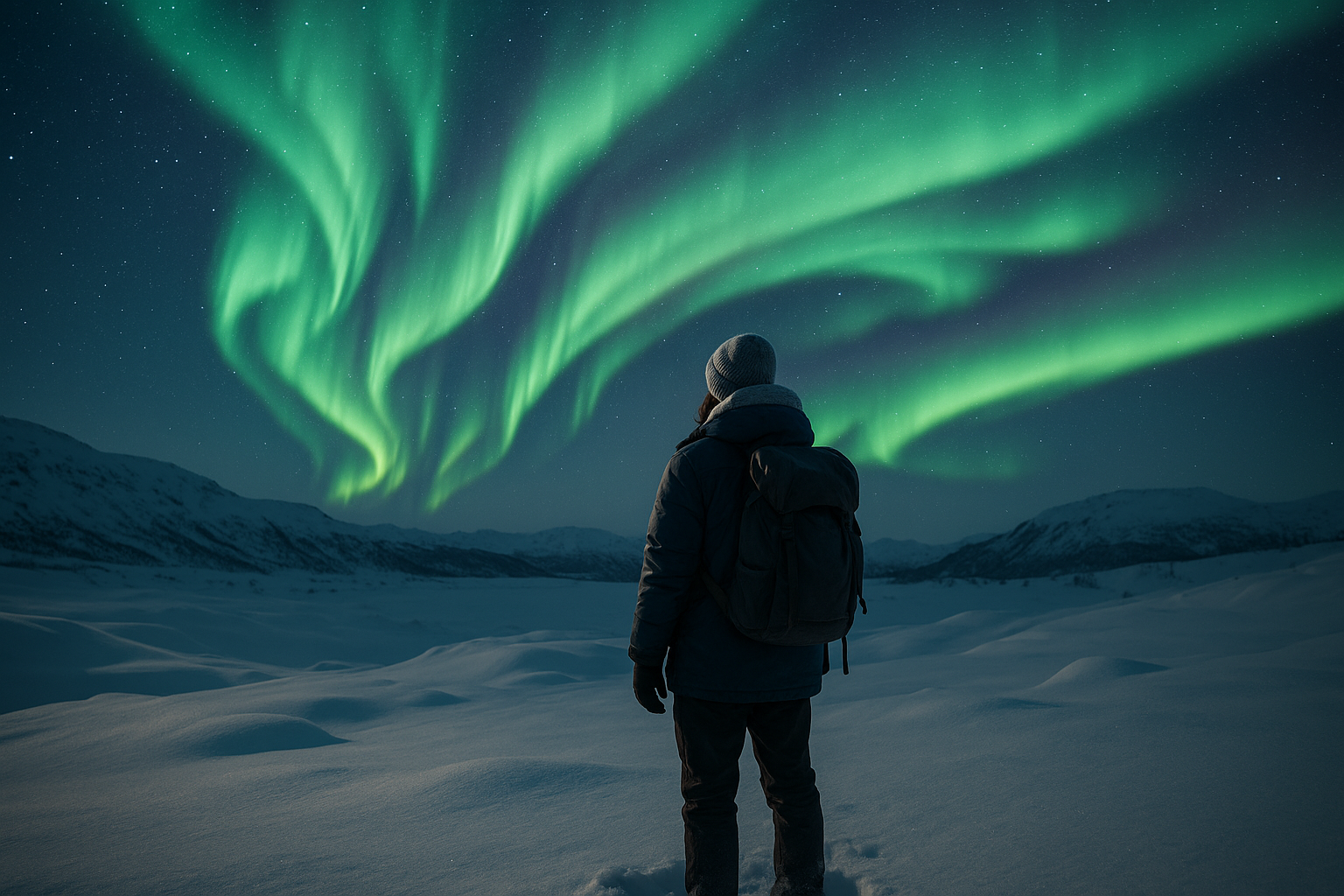Unveiling the Magic of the Northern Lights: A Travelers' Ultimate Guide
As the world starts to open up again, many are looking for unique and unforgettable travel experiences. One such experience that should be on every traveler's bucket list is witnessing the mesmerizing Northern Lights, also known as Aurora Borealis. This natural phenomenon is not only visually stunning but also carries a rich history and cultural significance. In this article, we delve into the magic of the Northern Lights, discussing its background, current travel trends, and practical applications for travelers.

The Enchanting History of the Northern Lights
The Northern Lights have been marveled at by humans for thousands of years. Ancient Nordic tribes believed the lights were the spirits of their ancestors, while the Indigenous Peoples of North America saw them as a divine path leading to the afterlife. The scientific explanation, however, is that the lights are a result of collisions between the Earth’s atmosphere and particles from the sun.
The Northern Lights in Modern Times
Today, the Northern Lights continue to captivate visitors with their ethereal beauty. With the rise of experiential tourism, more travelers are seeking out destinations where they can witness this spectacular display. As a result, countries like Norway, Sweden, Iceland, and Canada have seen an increase in tourism, especially during the winter months when the lights are most visible.
Advantages, Challenges, and Impact on Travelers
Experiencing the Northern Lights can be a transformative experience. However, it requires careful planning. Travelers need to consider the best time to visit, weather conditions, and suitable locations for viewing. Despite these challenges, the awe-inspiring nature of the Northern Lights makes the journey worthwhile and leaves a lasting impact on travelers.
Travelers’ Handy Guide to the Northern Lights
-
The best time to see the Northern Lights is during the winter months, from late September to early April.
-
The lights are most visible in remote areas with minimal light pollution.
-
Dress warmly and prepare for cold weather conditions.
-
Join a guided tour for the best chance of spotting the lights.
In conclusion, the Northern Lights offer a unique and unforgettable travel experience. Despite the planning and preparation required, the chance to witness this breathtaking natural phenomenon is well worth the effort. As the world continues to evolve and travel trends shift, experiences like these remind us of the timeless beauty and wonder that our planet holds.




